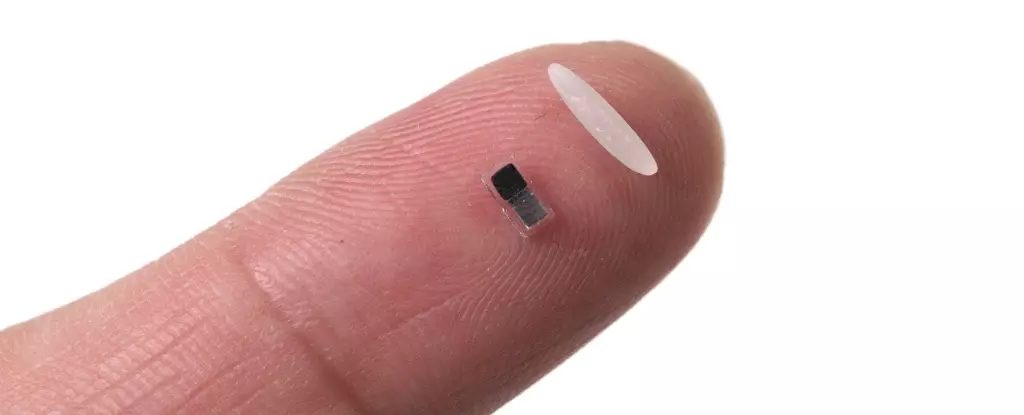In a remarkable advance that could redefine temporary cardiac care, scientists have unveiled an ultra-miniature pacemaker, astonishingly smaller than a grain of rice. This groundbreaking device is not only a feat of engineering but also offers the promise of a new paradigm in heart health management. Designed for seamless injection and controlled by light, this wireless pacemaker hydrolyzes into the body without invasive removal procedures, heralding a noteworthy shift in medical technology.
What makes this innovation exceptional is its potential application for a vulnerable demographic: the approximately one percent of children born with congenital heart defects. These children often require temporary pacemakers immediately following surgery, a process that has been fraught with complications due to the need for surgical insertion of electrodes along with external wiring. By eliminating these invasive elements, researchers aim to enhance recovery and minimize the risks currently associated with temporary devices.
Addressing a Critical Need
The current method of applying temporary pacemakers involves a surgical procedure to connect electrodes to the heart, leaving patients exposed to potential injury during removal. This outdated approach dramatically underscores the necessity for a less intrusive solution. Notably, Neil Armstrong—a revered figure whose life was claimed by complications related to a temporary pacemaker—emphasizes the need for advancement. The engineers behind this new pacemaker aspire to save lives and mitigate risks, aiming for wider adoption beyond pediatric patients to adults undergoing heart surgery.
The wireless nature of this pacemaker is perhaps one of its most compelling features. By using a combination of biological signals, it communicates directly with a soft patch worn on the body. This patch has the remarkable ability to detect irregular heartbeats and emit light signals that inform the pacemaker to provide the necessary electrical stimulation. This innovative setup not only prioritizes patient safety but also enhances comfort during the recovery process.
The Scientific Genius Behind the Device
At the heart of this technology (pun intended) lies a galvanic cell that generates electrical pulses using the body’s own fluids, an impressive feat demonstrating human ingenuity in bioengineering. Initial testing has proven the pacemaker’s efficacy in various animal models, including mice, rats, pigs, and dogs, as well as on human heart tissue in laboratory settings. Research lead John Rogers from Northwestern University envisions the possibility of human trials within the next two to three years—a timeline which, if realized, could significantly alter the landscape of cardiac care.
This innovation extends its influence beyond mere heart conditions. Bozhi Tian from the University of Chicago has highlighted the transformative implications of this technology, not limited to cardiology. The scope of application could range from nerve regeneration to wound healing, paving the way for integrated smart implants that promise a new frontier in medical treatments. It’s a paradigm shift that could stimulate future research and lead to pivotal breakthroughs in other healthcare realms.
The Global Impact of Heart Disease
As heart disease remains the leading cause of mortality worldwide, according to the World Health Organization, the urgency for cutting-edge solutions like the micro pacemaker cannot be overstated. The advent of such technology represents more than a mere medical advancement; it symbolizes hope for millions who suffer from cardiac issues. This device not only has the potential to save lives but also to make recovery from heart conditions less daunting.
Ultimately, the micro pacemaker encapsulates the spirit of innovation that drives the medical field. While it may still be years away from its human debut, the very existence of this device prompts a reassessment of current medical practices and invites a future where healing is both efficient and less invasive. As we stand on the brink of this transformative era in medicine, there is a shared anticipation of what else is possible when creativity meets technology in the relentless pursuit of human health.

